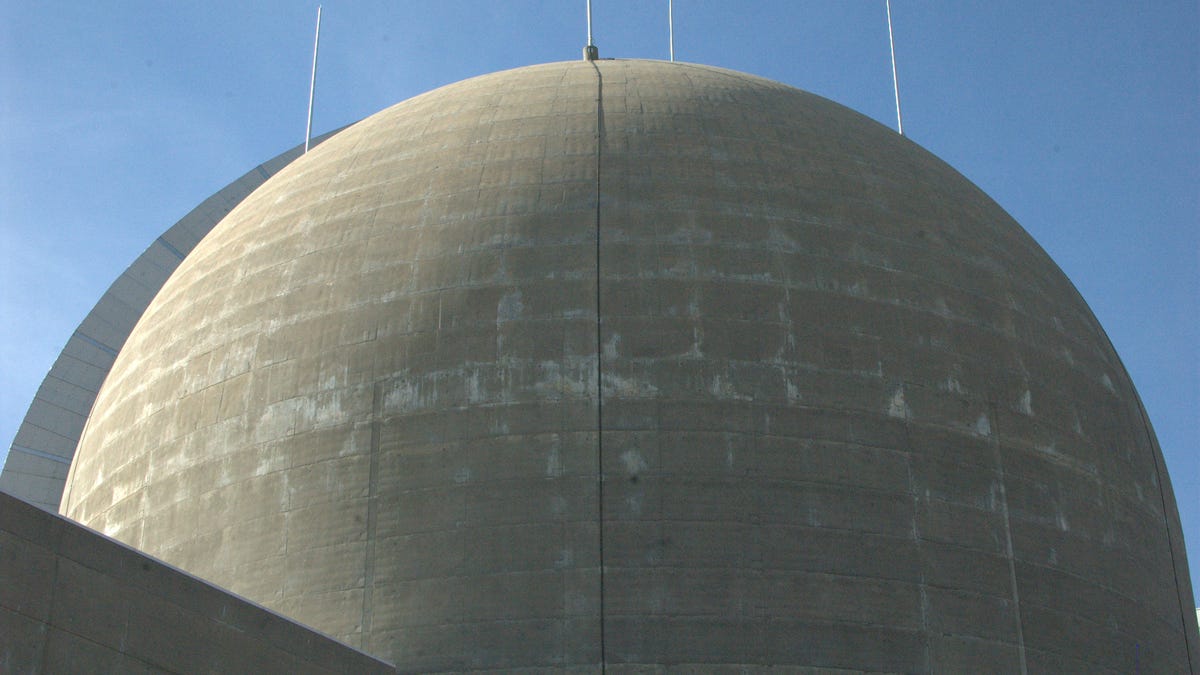Still plugging new nuclear power tech post-Fukushima
Despite the worst nuclear disaster in decades and other roadblocks, young nuclear power companies NuScale Power and TerraPower still see strong interest in getting alternative reactor designs built.

CAMBRIDGE, Mass.--If you thought the Fukushima disaster derailed nuclear power worldwide, look again.
Evacuations and the havoc caused by meltdowns at four reactor cores at the Fukushima power plant earlier this year prompted Japan to shift away from nuclear power and recatalyzed a nuclear phase-out in Germany. But many countries remain enthusiastic about nuclear power, and interest in newer technologies has increased because they are safer, according to a panel of industry professionals here at the MIT Energy Finance Forum on Friday.
"Our investors have a very long time horizon and the reason they supported it is the long-term societal implications and the potentially significant returns from that (so) we haven't seen any wavering of support," said Tyler Ellis, a project manager at TerraPower. "Our development partners are trying to accelerate the time scale (of building plants) due to the energy security and safety."
TerraPower is among a handful of nuclear power companies to emerge over the past few years with the hopes of modernizing nuclear power plant technology, which has remained essentially the same for decades. The company's most famous investor is Bill Gates but it has also drawn venture capital from Khosla Ventures and Charles River Ventures.
There are also at least two companies--NuScale Power and Babcock & Wilcox--specializing in small modular reactors, an alternative to today's giant 1,000-megawatt power plants which supply about 1 million U.S. homes. NuScale Power, for example, intends to build modular 45-megawatt reactors that are 65 feet high and 15 feet in diameter.
Related stories
- Will Japan's nuclear crisis affect U.S. energy debate?
- Japan crisis challenges nuclear around the world
- Nukes 101: Up close and personal with nuclear power
The reactor is modular so many can be put together to generate the equivalent of a full-size "baseload" power plant. The company's plan is to assemble the reactor off site and to install it at the location, said NuScale Power CEO Paul Lorenzini.
The design is meant to be safer than current technology, but being smaller gives it another advantage over full-size plants: cost. The price of constructing and permitting a full-size nuclear power plant, with cost estimates varying widely, has been one of the primary problems getting new plants built.
Although none has actually been built, modular plants have a slight advantage in terms of cost: simply, financiers don't need to raise as much money, said Bob Percopo, a project finance expert who works at the energy division of AIG. "On balance, small modular reactors probably have a leg up on the financing side," he said.
In addition to being quicker to build, the smaller plants require fewer operators, which lowers the operations costs, Lorenzini said. NuScale's business strategy is to sell its reactors to U.S. utilities and get them permitted by the Nuclear Regulatory Commission, which is the "gold standard" for safety regulations, he said.
One of the safety designs of the NuScale small modular reactor is a reactor that rests in water. In the case of a meltdown, the water can absorb the decay heat without the need for pumps or valves.
"What has driven the market for small modular reactors over the last five years is the difficulty of financing large nuclear plants. It's possible to build a small plant without taking a large risk," Lorenzini said. These small nuclear reactors could serve an island country or be clustered together.
NuScale Power, which was founded in 2007 based on Department of Energy-funded research, ran into financial problems when one of its investors was investigated by the SEC. Earlier this year engineering and construction company Fluor paid $30 million for a stake in NuScale Power, which stabilized its finances and gave it a partner to develop projects.
TerraPower has a novel design in its reactors, too, but its traveling wave reactors need about the same size as today's large or medium-size power plants to operate, said Ellis. The breakthrough the company is pursuing is to use spent nuclear fuel as its fuel, taking advantage of both the enriched uranium and uranium 238 in fuel rods that have already been used at older power plants. The company's plan is to start construction of a plant in 2015 and have its first plant operating in the 2020s, he said.
Concerns over nuclear safety and costs were not the only issues that have hindered nuclear power over the past few years. Very low natural-gas prices because of hydraulic fracturing in shale rock, uncertainty over carbon policies globally, and inconsistent energy policies in the U.S. continue to make it difficult to engineer, permit, and build plants. "The remarkable thing is that (the nuclear industry) is not dead," said Lorenzini.

